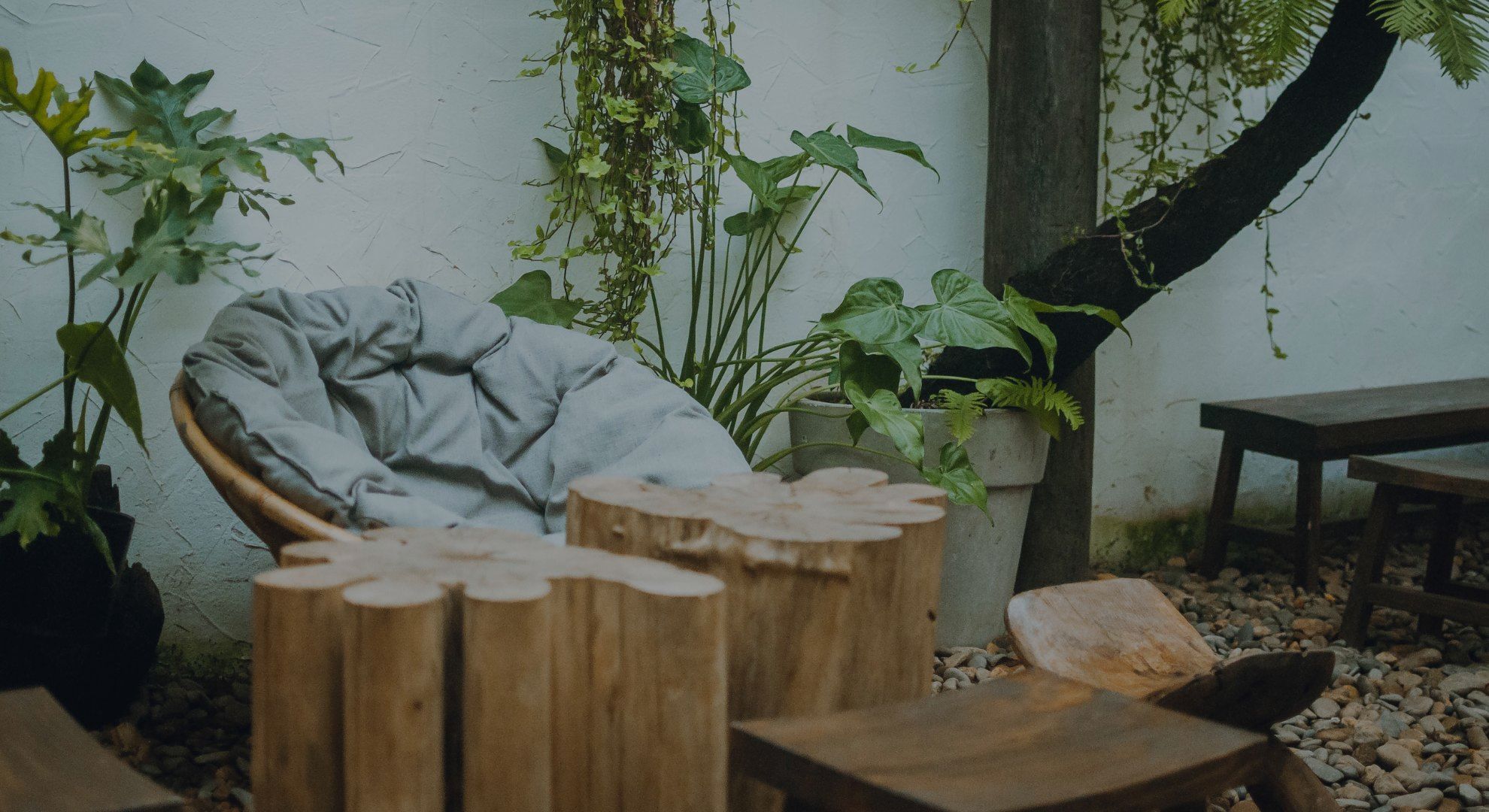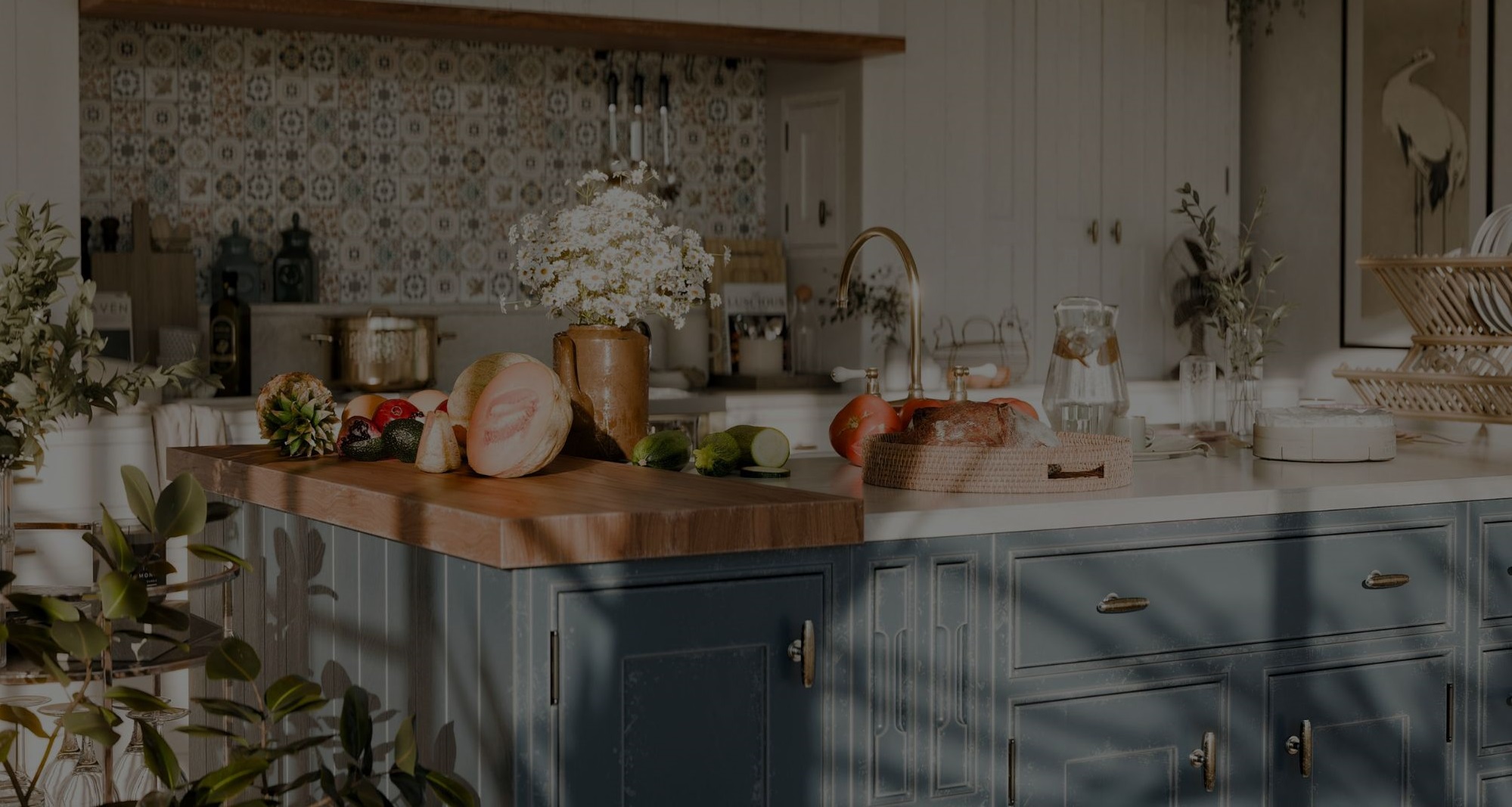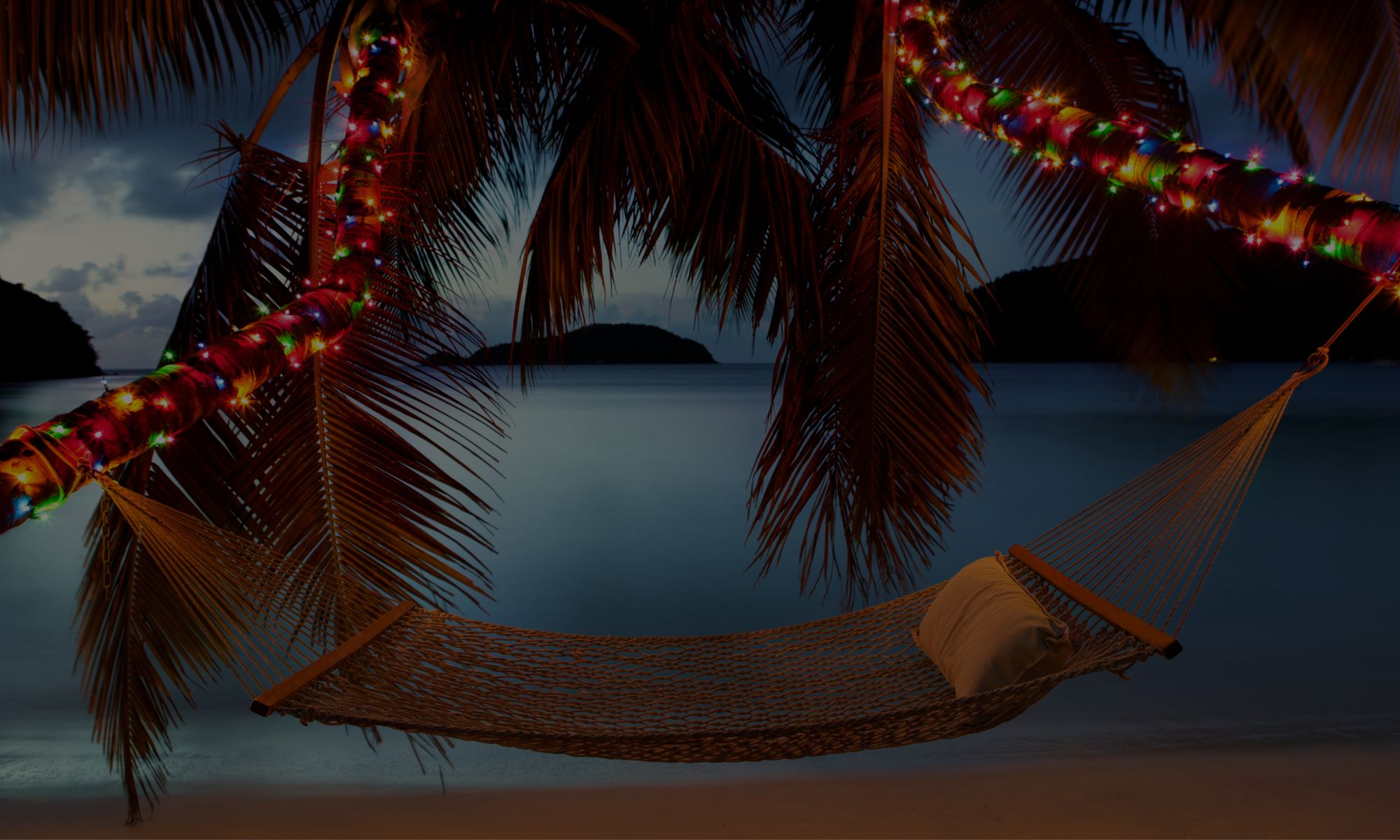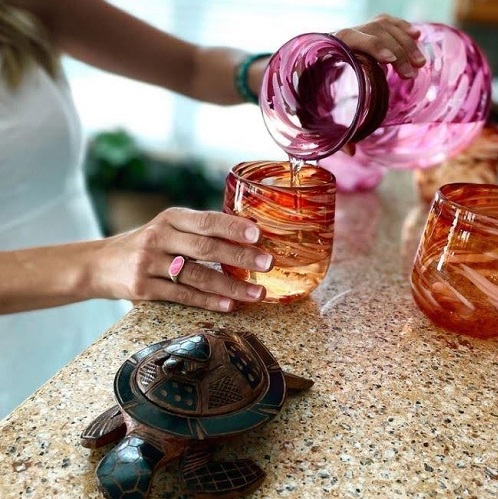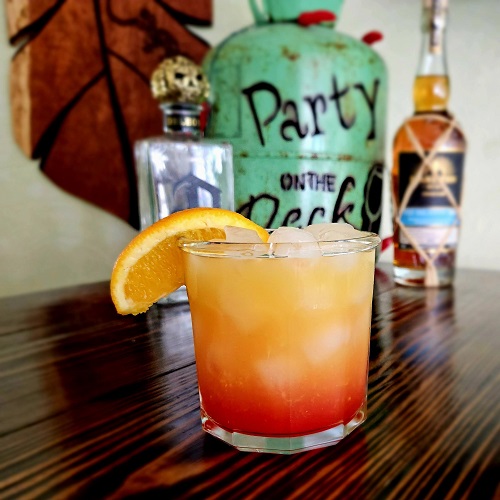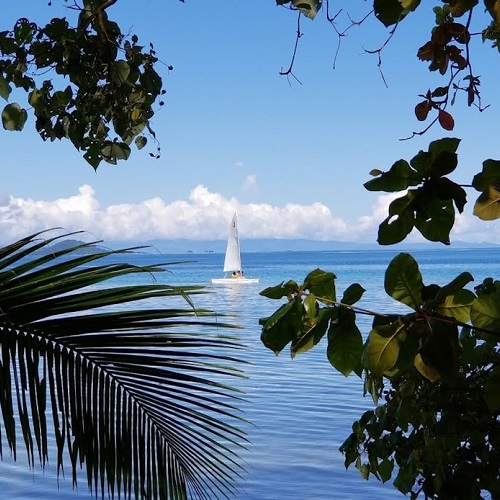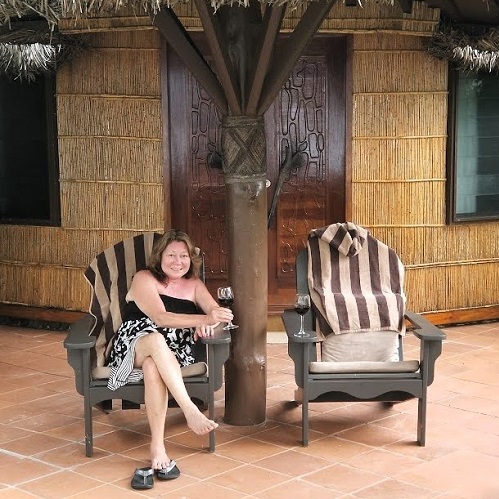
Fiji Adults Only Resorts Guide

Bali Adults Only Resorts
10 Top Picks for Outdoor Tropical Plants: Easy-Care Options for a Vibrant Oasis
Dreaming of creating a
Scented blossoms, structural forms, bold colors, and large leaves can create an eye-catching landscape that reminds one of a distant island paradise. Although you may not be able to walk on a sparkling white sandy beach every day or listen to the soothing sounds of turquoise ocean, you can bring a piece of that heaven straight to your backyard or patio by growing tall, colorful
Note: This post contains affiliate links. A click and/or purchase through one of these links may result in a commission paid to us at absolutely no cost to you. Please be sure to read our Affiliate & Advertising Disclosure.
Dreaming of creating a
Scented blossoms, structural forms, bold colors, and large leaves can create an eye-catching landscape that reminds one of a distant island paradise. Although you may not be able to walk on a sparkling white sandy beach every day or listen to the soothing sounds of turquoise ocean, you can bring a piece of that heaven straight to your backyard or patio by growing tall, colorful
Note: This post contains affiliate links. A click and/or purchase through one of these links may result in a commission paid to us at absolutely no cost to you. Please be sure to read our Affiliate & Advertising Disclosure.
Which Plants Are Considered Tropical ?
Plants typically native to the equatorial regions of our planet are considered
10 Low-Maintenance Tropical Plants for Outdoor
Choosing which
1. Elephant’s Ear

Photo Credit: Longfield gardens
- Botanical name: Alocasia, Colocasia
- Light: Full or partial sun exposure
- Soil type: Moist, organically rich
- Soil pH: 5.5-7.0
- Watering: Keep moist
- Size: up to 4 ft wide and 6 ft tall
- Hardiness zones: 8 – 11
- Companions: Caladium, Begonias, Canna
Elephant’s ear is a great choice for backyards or spacious patios. It has oversized heart-shaped foliage with deep veins. It provides large splashes of green, sometimes with hints of purple, and features bold textures. It can grow to an impressive size. These are a great addition to your outdoor space because they are an automatic focal point. They can survive in zones 7 and higher if you move them to a warm and dry place for the winter. When growing these in large pots, keep in mind that they can become very heavy which is a factor to consider when needing to move them.
2. Impatiens (Touch-Me-Not)

Photo Credit: Bell Horticultural Co via HGTV
- Botanical name: Impatiens spp.
- Light: Partial sun and shade
- Soil type: Moist, fertile, rich
- Soil pH: 5.5-6.5
- Watering:
- Size: 1 to 3 ft
- Hardiness zones:
- Companions: Asparagus fern, Columbine, Banana tree
Impatiens are low-maintenance, blooming plants that are good for mixed beds and containers. They come in a wide variety of vibrant colors (orange, pink, purple, red, white, yellow) with beautiful green foliage and are excellent for mixing in with other plants to create a lot of visual interest. Most of the country treats these as annuals, however, in hardiness zones 10 and 11 they are considered perennials as they can recover after winter. In the south and desert regions, they do need protection from the hot sun.
3. Bamboo

Image credit: Cacti Landscapes
- Botanical name: Bambusa vulgaris
- Light: Full and partial sun
- Soil type: Well-drained, sandy, but moist
- Soil pH: Acidic (5.0-6.5)
- Watering: Deeply and regularly
- Size: Mature: 15 – 60 ft
- Hardiness zones: 9-12
- Companions: Strelitzia, Aspidistra, Ti
Bamboos are technically grasses. Most grow very quickly, typically by spreading out underground runners (be careful, they can be extremely invasive!) or by growing closely together in clumping formations. It is a versatile plant that can be used in many different ways to bring the tropics to your yard. It creates an excellent screen for privacy. There are many variety of bamboo with some being short, light and feathery in appearance while other have giant canes and can grow to heights of 30 feet.
When a bamboo cane dies, you can strip the leaves from it and allow it to dry out so you can have sticks, poles and thatching. If you are the creative type, these can be used to make
Even if you don’t live in a warm or
NOTE: Again, be aware that many bamboo species are “running” and can be very invasive. They must be controlled especially if you have neighbors right next door.
Discover Tropical Home Décor Treasures
Bring island vibes into your home with exclusive artisan-made goods.
4. Bird Of Paradise

Photo credit: Ntdanai via Garden Know How
- Botanical name: Strelitzia reginae
- Light: Bright, indirect sun
- Soil type: rich, well-drained, loamy
- Soil pH: 5.5. – 7.5
- Watering: Keep moist but not soggy
- Size: 3 – 5 ft wide, 6 – 30 ft
- Hardiness zones: 10 – 11
- Companions: Kangaroo Paw, Sago Palm, Daylily
With their large, bright green leaves and spiky blooms resembling bird’s wings, this exotic flower will take central stage in your garden. It’s native to
5. Banana Plants

Image credit: Trees South Africa
- Botanical name: Musa paradisiaca
- Light: Direct or partial sunlight
- Soil type: Well-drained, rich, loamy
- Soil pH: 5.5. – 6.5
- Watering: Evenly moist
- Size: 1 – 15 ft. wide, 2 – 30 ft. tall,
- Hardiness zones: 9 – 11
- Companions: Papaya trees, Colocasia
These are very easy to grow when given the right conditions such as lots of light, regular watering, and fertile soil. In the right conditions, it may bear fruit in about 18 months, after which it dies back to the ground. Another plant will sprout from the same roots. These are great for beginner gardeners! Just know that these too must be moved indoors during winter because they cannot tolerate freezing temperatures. The leaves are easily damaged when temperatures drop below 40 degrees,
6. Canna Lilly

Image credit: Tesselaar
- Botanical names: Canna
- Light: Partial or full Sun
- Soil type: Well-fertilized, moist soil
- Soil pH: 6.5 – 7
- Watering: Deep water weekly
- Size: 1-6 ft wide, 2 – 8 ft tall
- Hardiness zones: 7 – 11
- Companions: Ornamental grass, ferns, Acalypha herzogiana
Canna lily is a versatile flower that can be used in various ways in the garden to create a jungle vibe. You can use canna lilies to fill in areas between other plants, as a living backdrop in layered landscaping, or solo as a focal point. It is a fantastic choice for adding height to your landscape as they can grow quite tall. Smaller or dwarf varieties are also available to grow in pots and containers.
7. Papyrus (Paper Plant)

Image credit: Lowe’s
- Botanical name: Cyperus papyrus
- Light: Partial or full sun
- Soil type: Fertile
- Soil pH: 6 – 8.5
- Watering: Ample moisture
- Size: 1 – 6 ft wide, 1 – 8 ft tall
- Hardiness zones: 10 – 11
- Companions: Caladium, Daisy, Juniper
Papyrus is easy to care for and grows vigorously if you give it the right conditions. You can plant it in soil, near ponds and bogs, or directly in shallow water as it thrives in lots of moisture. Papyrus can add a dramatic and dynamic visual appeal to your
8. Crocosmia (Coppertips)

Photo credit: The Middle-Sized Garden
- Botanical name: Crocosmia aurea
- Light: Partial to full sun
- Soil type: Humus-rich, moist
- Soil pH: 7.0
- Watering: Regular and even
- Size: 12 – 30 in
- Hardiness zones: 5 – 9
- Companions: Helenium, greenery, ornamental grass
This colorful
9. Tropical Hibiscus

Image credit: Hidden Valley Hibiscus
- Botanical name: Hibiscus rosa-sinensis
- Light: Full sun
- Soil type: Organically rich
- Soil pH: 6.00 – 7.0
- Watering: Daily during hot weather, otherwise regularly and moderately
- Size: 4 – 8 ft wide, 8 – 15 ft tall
- Hardiness zones: 9 – 11
- Companions: Jasmine, Passion flower, Plumeria
Hibiscus is an iconic
A quick note: When these are outside, watch our for white flies as hibiscus are very susceptible to them. White flies are hard to get rid of once they become established so it is important to understand their lifecycle and what do to. For more information about white flies, check out this link.
10. Cordyline (Ti Plant)

Image credit: Sugar Creek Gardens
- Botanical name: Cordyline spp.
- Light: Partial to full sun
- Soil type: Rich, well-draining
- Soil pH: 6 – 6.5
- Watering: Slightly moist at all times
- Size: 2 – 4 ft, 2 – 20 ft
- Hardiness zones: 9 – 11
- Companions: Canna lilies, Dahlias, Crocosmia
With its vibrant shades of reds and pinks, Cordyline commands immediate attention. They are one of the best ways to bring big pops of color to your yard. Their brightly colored leaves are reminiscent of
Where To Buy
Wondering where to purchase gorgeous greenery? Luckily, there’s no shortage of garden centers, nurseries, plant stores, and online shops. If you want to create your own little
How To Choose Which Plants To Grow
When deciding on which
- Soil conditions – Make sure your plant will thrive in your soil conditions.
- Sun exposure – Pick plants that will get the right amount of sunlight in your backyard’s conditions.
- Color scheme – For a more colorful
tropical garden, imagine the color scape you would like to see and go for that when choosing flowing plants. - Safety for kids and pets – If you have children or pets, keep them safe by avoiding plants that may be harmful to them. You can check your preferred selections online to make sure they are safe to have around. But to make things a little easier, we recommend that you treat ALL plants as if they are toxic. Even if a plant is harmless, you don’t want pets destroying them and children need to understand that plants are not toys.
How To Incorporate Tropical Flora Into Your Landscape Design
In order to highlight your garden’s features and add lots of interest and colors, consider these ideas:
- Considering adding a pergola if you don’t already have one and you have the space. Decorate it by adding climbing plants or hanging planters
- Get a cool outdoor fountain and plant around it to create a mesmerizing focal point
- Create individual flower bed spaces to create a resort-like feel. If you have a pool, focus on any bedding areas that are closest to it
- Soften patio and hardscape edges with bedding plants and grasses to create visual perfection!
Growing Tips
After you have assessed the conditions in your garden and planted accordingly, it is time to care for them so you can ensure they grow their best.
Here’s a few tips on how to grow them successfully:
Irrigation
Proper watering is one of the most important aspect of plant care. In the beginning, you might need to water a bit more than normal as your plants adjust to their new conditions. After that, follow the instructions provided by the nursery, making sure the soil is moist, but not soggy (unless otherwise specified). If you live in a dry area or one that gets very hot, consider using a misting system. Your plants and your guests will thank you!
Fertilizing
Throughout the growing season which is usually spring through late summer or early fall, fertilize as needed per instructions. You will need to fertilize more often during warmer and wetter weather and less often during the winter. Whenever possible, choose high quality fertilizer which is best suited specifically for your tropicals. Doing a bit of research online is truly worth it when it comes to fertilizers.
Pruning and Trimming
Pruning and trimming are essential parts of plant care. It is vital to remove dead or dying parts so you can help to produce healthy growth. However, to do this properly, certain guidelines should be followed:
- Most plants require pruning in late winter or early spring, prior to new growth and flowering. Some plants require pruning in the fall and winter.
- Clean and sterilize pruning equipment with rubbing alcohol before using to avoid the transfer of any diseases.
- Regularly inspect your plants to check for overall health.
- Prune overgrown areas by 25% to maintain fullness and overall health. Repot plants when they begin to show signs of being rootbound such as thinning growth.
- To create more plants for free (who doesn’t like that!), propagate leafy cuttings when possible. Many cuttings can be place in water to start new roots while others can be planted directly in a small pot to being rooting.
Weed and Disease Control
Whether you have an indoor
Benefits of Tropical Gardening
The advantages of
- Improved air quality
- Absorption of noise
- Natural shade and cooler surroundings
- Reduced stress and anxiety
- Lower blood pressure and heart rates
- Boosted positivity and creativity
Final Thoughts
All plants (except for weeds!) are awesome, plain and simple. We just love them and we hope you do too. They really do enhance personal spaces in so many ways, especially when they are happy and doing great. If you are fortunate to live in a warm or even
But don’t let that stop you! No matter where you live, use plants that are native to you area and add in those which are not but which can still thrive to create a lush and full look. Keep your true tropicals portable by planting them in pots and other containers and give them all of the time and attention they need too. Together all of your healthy plant life will come together and help to transport you to your
For your convenience, here is a list of the products we have recommended in this blog post which can really help to create an amazing and relaxing
-
 $179.99Buy Now
$179.99Buy NowThe ceramic pots that make up this outdoor fountain add the perfect amount of visual interest to outdoor tropical escapes. And with the soothing sound of cascading water, you can enjoy some of that amazing tropical relaxation right where you are! Measures 27.25 inches high.
We earn a commission if you make a purchase, at no additional cost to you.
06/04/2025 03:01 pm GMT -
 $33.19Buy Now
$33.19Buy NowWe love this misting system because it is perfect for additional watering needs in greenhouses, gardens, and landscaping as well as for keeping you and your guests cool in outdoor spaces when the weather is hot!
We earn a commission if you make a purchase, at no additional cost to you.
06/04/2025 03:01 pm GMT


